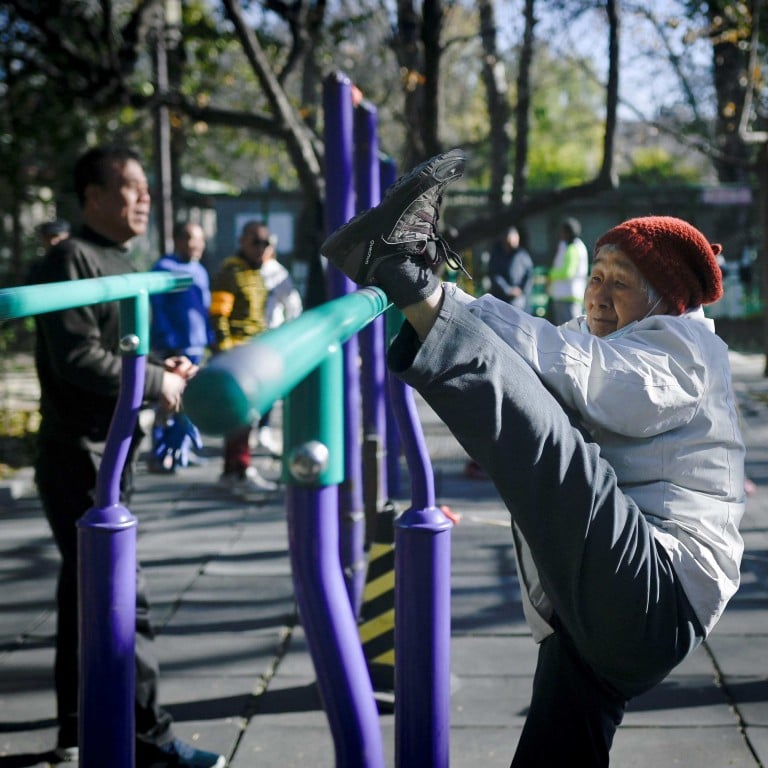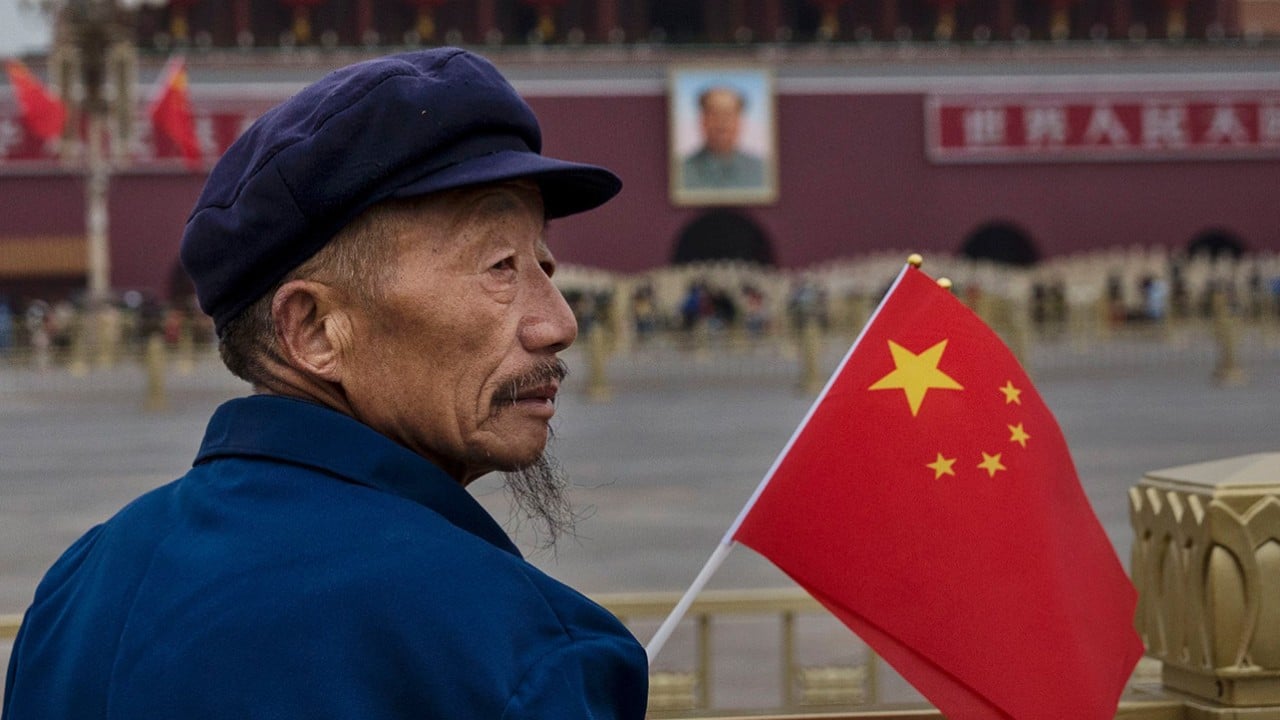
China plans to diversify US$406 billion social security fund with ETFs, index products and more to improve returns
- The proposed change also aims to lower management fees to ‘maintain and increase’ the value of the fund, which supports China’s welfare system
- ‘This may help to stabilise markets in the near term but does little to encourage foreign investment,’ analyst says
China has proposed broadening the investment scope of the nation’s 2.88 trillion yuan (US$406 billion) social security fund to include exchange-traded funds (ETFs), index funds and other financial products, in a move seen as helping diversify and improve its returns.
Other options include direct investments into bank loans, negotiable certificates of deposit, industry funds, and equity funds, according to a draft published by the finance ministry on Wednesday. The fund is seeking public feedback on the proposals until January 5.
The move also aims to lower management fees to “maintain and increase” the fund’s value, according to the draft.
“Regulators are again extending official influence over private markets with this latest proposal” by directing support for bank capital and retirement funds to boost markets, said Brock Silvers, managing director at Kaiyuan Capital in Hong Kong. “This may help to stabilise markets in the near term but does little to encourage foreign investment.”
China introduced the social security fund in 2000 to support the nation’s welfare system, including pensions and public medical insurance coverage, to help the population cope with retirement shortfall.
The social security fund directly managed one-third of its assets and farmed out the rest to outside managers, based on the end-2022 statistics. The fund allocated 90 per cent of its assets to domestic investments and 10 per cent in overseas markets.
It lost 5.1 per cent, or 138 billion yuan, last year amid a stock market slump, according to its annual report. It was the third annual loss in its history, after similar setbacks in 2008 during the global financial crisis and 2018 during the US-China trade war.
Still, it has generated a 7.66 per cent average annual gain since its inception, the annual report showed, more than twice the 3.6 per cent annualised returns of the Shanghai Composite Index over the same period, according to Bloomberg data.
In the latest draft, the state-run fund has also proposed to cap annual management fees for stock, bond, money-market, and equity-fund investments at 0.8 per cent, 0.3 per cent, 0.1 per cent, and 1.5 per cent, respectively, of the total assets under custody.
The social security fund has been seen as part of the “national team”, a term coined by local investors to refer to state buyers of stocks.
At a meeting with 23 asset-management funds in October, Liu Wei, head of the National Council for Social Security Fund, urged its managers and entrusted fund managers to retain confidence in China’s economy and capital markets, saying the nation’s economic growth remained intact.




